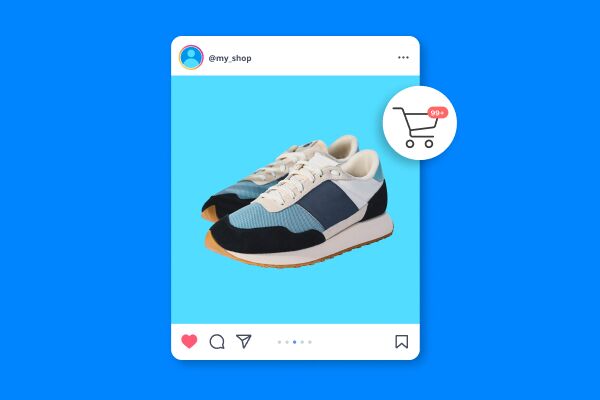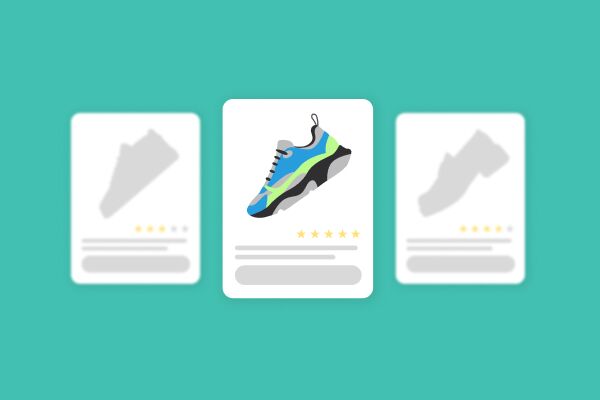Audience segmentation is the division of customers into groups based on certain characteristics. Segmentation is necessary for any niche because it helps to better understand customers and formulate advertising messages more clearly. For example, a store sells shoes, a product that everyone uses. Shoes can be for men, women, children, sports, etc. When there is a promotion on children's sneakers, it is wiser to inform customers who have children rather than everyone.
There are no mandatory parameters for classifying users, but there are four common characteristics:
- geography — dividing customers by their place of residence. This can be cities, regions, or even countries. It depends on the area covered by the online store.
- demography — division by social characteristics. Gender, age, marital status, occupation, income, etc.
- psychology — division by personal qualities, values, and habits of customers.
- behavior — division by frequency of purchases, average check, preferences in assortment, and traffic source. Usually used in combination with other characteristics.
Users are reluctant to share information about themselves, but they can be pushed to do so. Part of the customer data is obtained during the order process. Other information can be obtained through surveys, such as pop-ups on the website or email newsletters. In exchange, you will have to offer a promotional code with a discount or any other reward.
In Google Analytics, you can find part of the information necessary for segmentation based on basic characteristics - geography, demography, and behavior. Another important source of information for segmentation is purchase history. It can be used to determine customers' interests and preferences in the product range of the online store. And if you want to get to know your customers in depth, you can study their social networks.
Professional segmentation methods are based on evaluating customer activity in terms of the revenue they bring to the business. They are similar in meaning and implementation complexity, so try each one and choose the appropriate approach.
ABC analysis is based on the Pareto principle, which states that 20% of efforts give 80% of the results, while the remaining 80% of efforts give only 20% of the results. To conduct the analysis, customers and the amount of their purchases need to be extracted, sorting the list in descending order. Then, the group of customers who brought 80% of the revenue should be identified - they will become group A. According to the Pareto principle, this is likely to be 20-30% of customers. Next, 50-60% of customers should be identified - group B. The remaining customers will be group C.
As a result of the analysis, you will get three customer segments. Group A is your main source of income, and they need special marketing activities. Group B provides a stable small income, and group C are the least prioritized customers from whom your online store is least dependent.
RFM analysis is customer segmentation based on the frequency, amount, and recency of purchases. Each indicator is assigned values from 1 to 3. For example, 1 — the customer makes a large purchase, 2 — an average purchase, 3 — a small purchase. The amount that is considered large or small needs to be determined by yourself because it depends on the online store. A similar description of values will be for frequency and recency. Using pivot tables and formulas in Excel, values are assigned to indicators. After that, they are combined and customers receive their three-digit score. For example, a customer with a score of 133 recently made a purchase, rarely makes purchases, and makes small purchases. It can be concluded that the customer is new and getting acquainted with the store.
LTV segmentation. LTV or Lifetime Value is the lifetime value of a customer, which shows how much revenue the customer will bring to the online store during the entire collaboration. For example, customers with a high LTV score can be added to a conditional VIP group and given the most attention. For the segment with average LTV, take steps to increase their engagement. And for the group of customers with low value, continue standard customer work.



